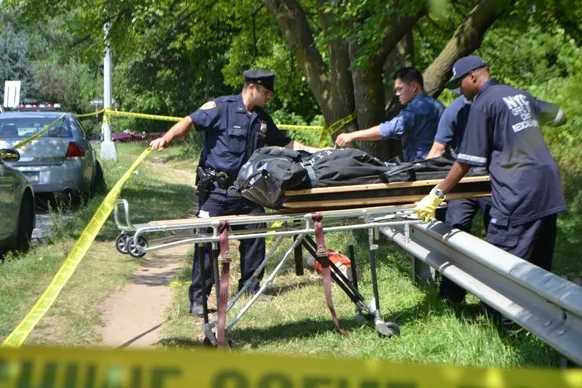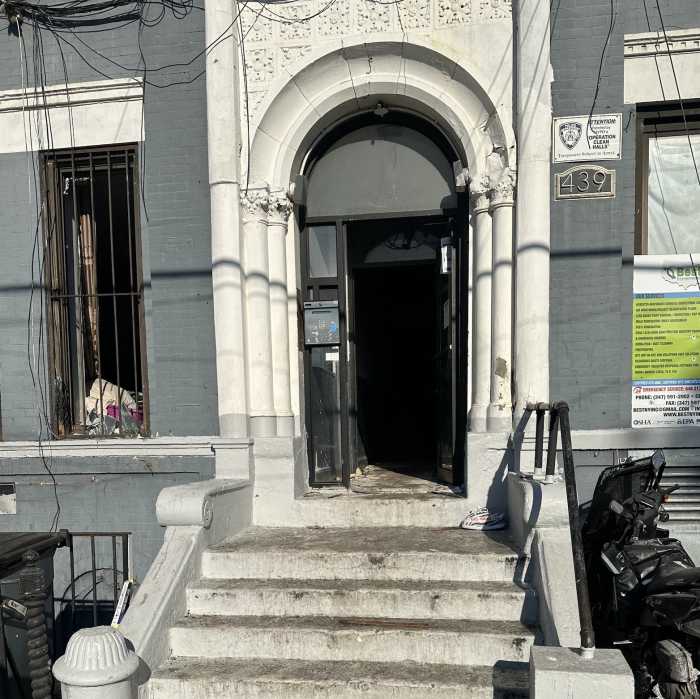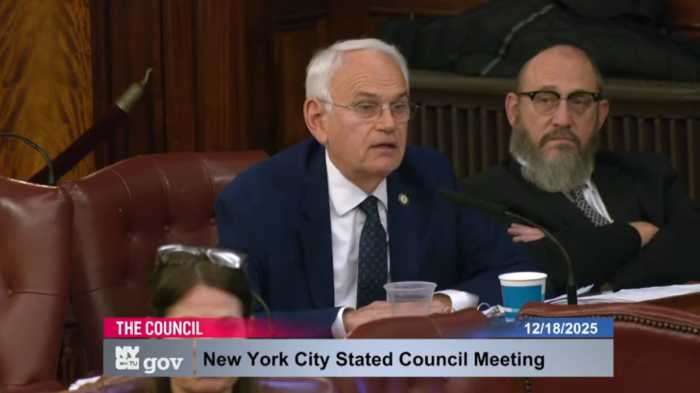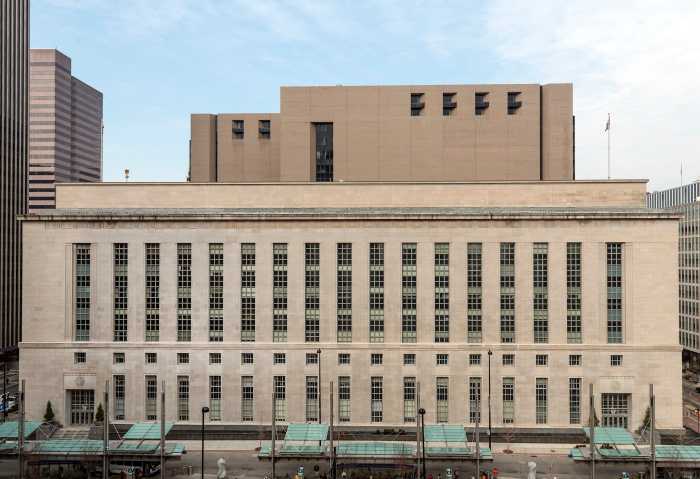More than $280 million in federal funding for flood protection and climate resilience projects across New York City — including critical upgrades in Central Harlem, East Elmhurst and the South Street Seaport — is now at risk following the Trump administration’s decision to eliminate FEMA’s Building Resilient Infrastructure and Communities (BRIC) program.
The cuts, which affect over $325 million in pending projects statewide and put another $56 million worth of projects where work has already begun at risk, drew sharp condemnation Tuesday from Senate Majority Leader Chuck Schumer and Gov. Kathy Hochul. They warned that the move jeopardizes public safety as climate-driven disasters become more frequent and severe.
“In the last few years, New Yorkers have faced hurricanes, tornadoes, blizzards, wildfires, and even an earthquake – and FEMA assistance has been critical to help us rebuild,” Hochul said. “Cutting funding for communities across New York is short-sighted and a massive risk to public safety. Without support for resilience projects now, our communities will be far more vulnerable when disaster strikes next.”
According to Hochul’s office, the now-canceled projects include $50 million to prevent flash flooding in Central Harlem, $50 million for flood mitigation in East Elmhurst, and $42.4 million to protect Lower Manhattan’s historic South Street Seaport. Additional projects slated to lose funding include stormwater improvements in Corona, Kissena, and Sheepshead Bay, as well as flood protection for NYCHA developments.

“These are critical projects that protect lives, homes, and businesses from the next flood or storm, and FEMA is pulling the rug out from under them,” Sen. Schumer said Tuesday. “This reckless decision puts New Yorkers directly in harm’s way.”
In a letter to Homeland Security Secretary Kristi Noem, Schumer demanded the BRIC funding be reinstated. He noted that the program he helped create, which then-President Trump signed into law and was expanded by the Biden administration — plays a vital role in protecting lives and infrastructure across New York.
“Funding to help states invest in preparedness and resilience not only saves lives and property, but also saves money for local, state and the federal government in the long term. I implore you to revisit your decision to end the BRIC funding for states and restore the $325 million investments in New York’s resilience to extreme weather,” Schumer wrote.
In an accompanying statement, Schumer questions Trump’s rationale for eliminating a program he signed into law during his first term: “I created BRIC to provide support for critical projects including rebuilding roads, improving drainage, creating emergency power sources, and more in every corner of the state – and Trump signed it into law. ‘DOGE’ claims to eliminate government waste, so why is Trump canceling a program that he signed into law? This newest announcement will only create more waste when houses, roads, and more are ruined with no resources to rebuild.”
FEMA defended the decision in a statement released April 4, saying the BRIC program was “wasteful and ineffective” and did not align with the department’s current priorities.
“The BRIC program was yet another example of a wasteful and ineffective FEMA program,” a FEMA spokesperson said. “It was more concerned with political agendas than helping Americans affected by natural disasters. Under Secretary Noem’s leadership, we are committed to ensuring that Americans in crisis can get the help and resources they need.”
The agency said all BRIC grant applications from fiscal years 2020 to 2023 have been canceled, and unallocated funds — totaling approximately $882 million, including allocations from the 2021 Infrastructure Investment and Jobs Act — will be returned to the U.S. Treasury or reallocated by Congress.
FEMA estimates that more than $3.6 billion remains available in the Disaster Relief Fund for immediate response and recovery efforts
Jackie Bray, New York’s Homeland Security and Emergency Services commissioner, pushed back on FEMA’s justification, warning that prevention saves far more than post-disaster rebuilding.
“It is far more expensive to rebuild than it is to prevent damage before it happens,” said Bray in a statement. “Mitigation is the best way to save taxpayer dollars and increase resiliency.”
Across New York State, projects now on hold span from dam removal and floodplain restoration in Westchester County to ice jam mitigation near Albany and building code modernization in Buffalo.





































